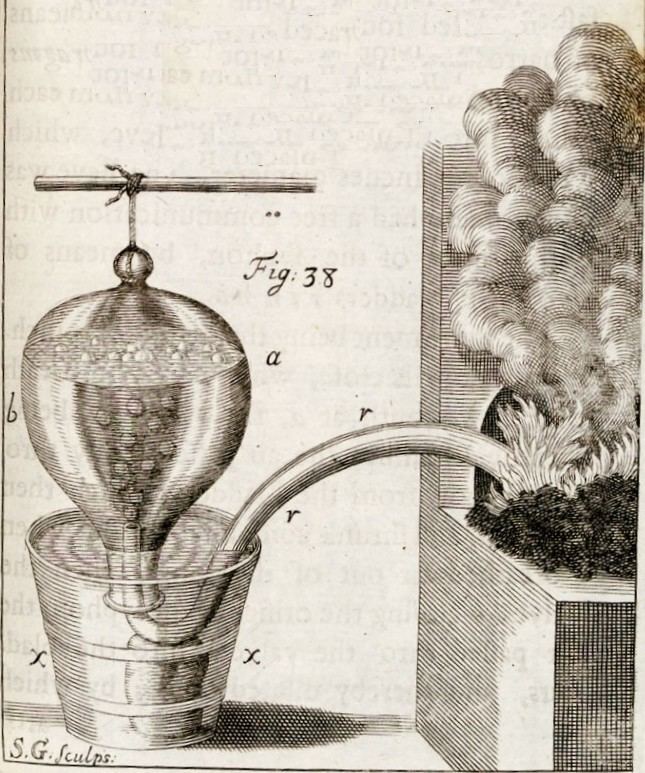 | ||
A pneumatic trough is a piece of laboratory apparatus used for collecting gases, such as hydrogen, oxygen, and nitrogen. Pneumatic troughs require a liquid such as water. Scientists also have used mercury in pneumatic troughs, but usually only for the collection of water-soluble gases. Health-and-safety issues surrounding mercury generally prohibit its use in modern-day pneumatic troughs.
Four items are required for gas collection with a pneumatic trough:
The bottle is filled with water, inverted, and placed into the pneumatic trough already containing water. The outlet tube from the gas-generating apparatus is inserted into the opening of the bottle so that gas can bubble up through it, displacing the water within.
References
Pneumatic trough Wikipedia(Text) CC BY-SA
